The pristine landscapes of Antarctica have long captivated the imaginations of adventurous travelers, but new regulations are set to reshape the way visitors experience the frozen continent. Recent updates to Antarctic tourism policies, including stricter limits on daily passenger landings and increased cruise fares, aim to balance growing demand with the urgent need for environmental preservation. These changes come as the International Association of Antarctica Tour Operators (IAATO) implements measures to protect fragile ecosystems while accommodating the surge in polar tourism.
Under the revised guidelines, tour operators must now adhere to a maximum of 75 visitors allowed ashore at any given time at landing sites, a significant reduction from previous thresholds. This cap applies per individual vessel and location, meaning larger cruise ships must implement rotational systems for passenger excursions. The restriction extends beyond simple headcounts - stringent biosecurity protocols now require intensified gear decontamination and enhanced wildlife proximity rules, with some sensitive areas being placed entirely off-limits during critical breeding seasons.
The policy shift has triggered immediate economic repercussions across the polar travel industry. Expedition cruise lines have begun rolling out adjusted itineraries and substantially higher pricing structures, with some operators announcing fare increases of 30-45% for upcoming seasons. This pricing realignment reflects both the operational complexities of managing staggered shore excursions and the added costs of implementing advanced environmental safeguards. Luxury vessels featuring helicopters and submarines now face additional restrictions on auxiliary activity frequencies, further compounding the financial impact.
Environmental scientists have largely applauded the measures, noting that even limited human presence can disrupt penguin colonies and contribute to microscopic pollution in the snowpack. Research indicates that popular landing sites were showing early signs of degradation from cumulative foot traffic, with recovery times for Antarctic moss beds exceeding decades. The new visitor limits align with recommendations from the Scientific Committee on Antarctic Research (SCAR), which warned that unmanaged tourism growth could compromise ongoing climate change studies by introducing variables to controlled environments.
Industry analysts observe that these changes will likely accelerate the trend toward smaller, more exclusive Antarctic expeditions. Where megaships carrying 500+ passengers once dominated the market, specialized operators with ice-strengthened vessels carrying 100-200 guests now represent the evolving standard. This shift comes with paradoxical consequences - while reducing overall visitor density, the premium pricing model may make Antarctic travel increasingly inaccessible to all but affluent demographics. Some operators are responding by introducing educational partnerships and scholarship positions to maintain diversity among expedition participants.
The logistical implications for cruise operators are profound. Ships must now coordinate precise timing for zodiac transfers while accounting for unpredictable weather windows, requiring additional staff training and equipment redundancy. Several companies have invested in real-time passenger tracking systems to ensure compliance with the 75-person limit during simultaneous activities. These operational upgrades contribute to the rising costs being passed along to consumers, with some Antarctic voyages now exceeding $25,000 per person for standard cabins during peak season.
Travel agencies specializing in polar expeditions report mixed reactions from clients. While some enthusiasts accept the changes as necessary for conservation, others express frustration at the diminished spontaneity of Antarctic visits. The new regulations effectively eliminate the possibility of last-minute itinerary changes to take advantage of wildlife sightings or favorable conditions at alternative landing sites, as each location now requires pre-approved visitor quotas. This standardization, while environmentally prudent, alters the fundamental nature of expedition cruising in the region.
Looking ahead, the IAATO has signaled that these measures may represent just the beginning of a broader regulatory framework. Proposals under discussion include complete seasonal closures of vulnerable areas, mandatory carbon offset programs, and the phasing out of heavy fuel oils by all vessels operating in Antarctic waters. As climate change accelerates ice melt and opens new navigation possibilities, the tension between access and preservation will only intensify. The current regulations establish a precedent for managed contraction of Antarctic tourism rather than uncontrolled expansion.
For prospective travelers, these changes necessitate adjusted expectations and advanced planning. The traditional Antarctic cruise model of frequent, extended landings gives way to more structured, shorter shore visits with greater emphasis on interpretation and education. Expedition leaders now play an enhanced role in conveying scientific context during limited time ashore. While the new paradigm reduces raw adventure in favor of managed experiences, proponents argue this trade-off is essential to ensure future generations can witness Antarctica's wonders in something approaching their pristine state.
The economic ripple effects extend beyond ticket prices, influencing everything from gear rental markets to academic tourism. Universities running field courses in Antarctica report challenges in securing passenger slots under the new allocation systems. Photography workshops and specialized tours must now compete for limited landing permits through centralized scheduling platforms. Even travel insurance providers have introduced new policy tiers accounting for the increased likelihood of itinerary modifications due to strict environmental compliance requirements.
As the southern hemisphere's 2024-2025 cruise season approaches, the full impact of these regulations will become apparent. Early indicators suggest that while overall visitor numbers may decrease slightly, the intensity of human impact at sensitive sites could be reduced disproportionately thanks to the lowered simultaneous occupancy. This outcome would validate the precautionary approach adopted by regulators, potentially serving as a model for other vulnerable wilderness destinations grappling with overtourism. The Antarctic experience, once defined by its raw, frontier quality, now enters an era of calculated restraint - one where seeing less may ultimately mean preserving more.
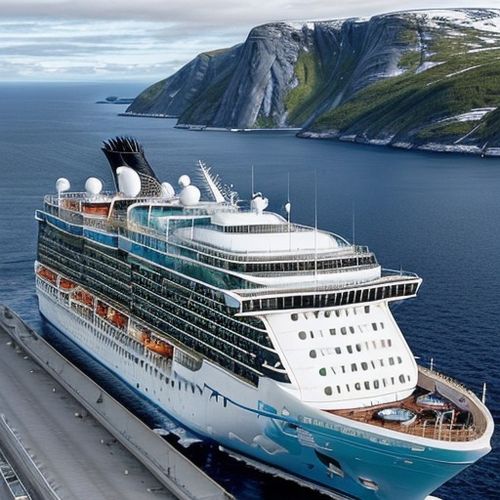
By Rebecca Stewart/Apr 7, 2025

By Sophia Lewis/Apr 7, 2025
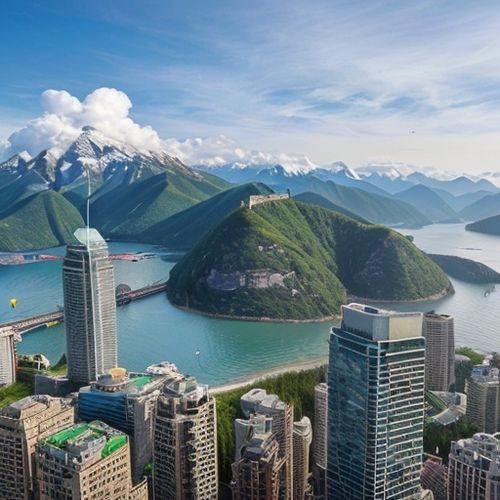
By Emily Johnson/Apr 7, 2025

By Laura Wilson/Apr 7, 2025

By David Anderson/Apr 7, 2025
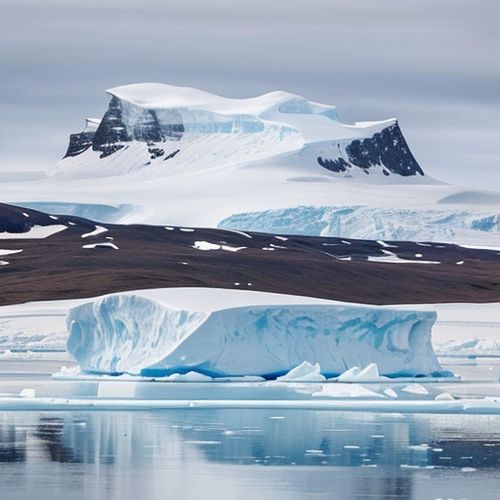
By Benjamin Evans/Apr 7, 2025

By William Miller/Apr 7, 2025

By Emma Thompson/Apr 7, 2025

By Benjamin Evans/Apr 7, 2025

By Noah Bell/Apr 7, 2025
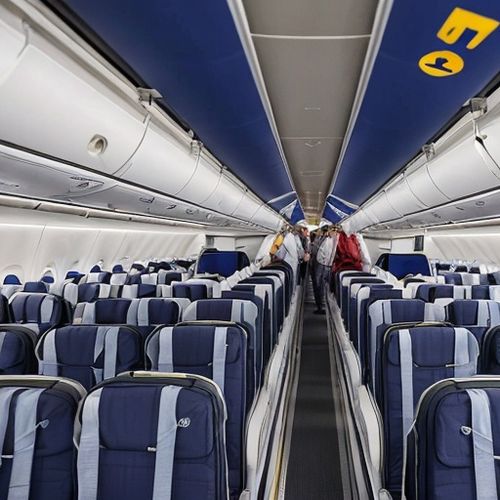
By Elizabeth Taylor/Apr 7, 2025

By George Bailey/Apr 7, 2025
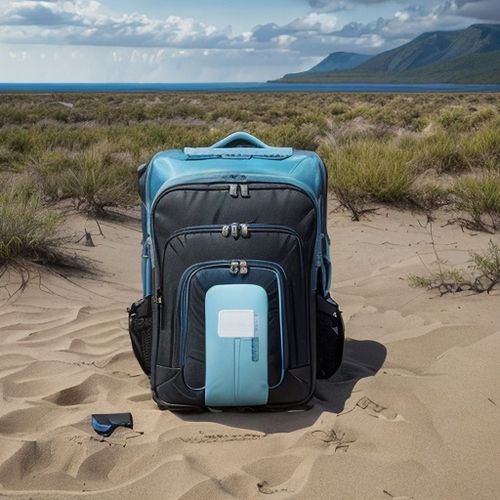
By Olivia Reed/Apr 7, 2025

By Ryan Martin/Apr 7, 2025
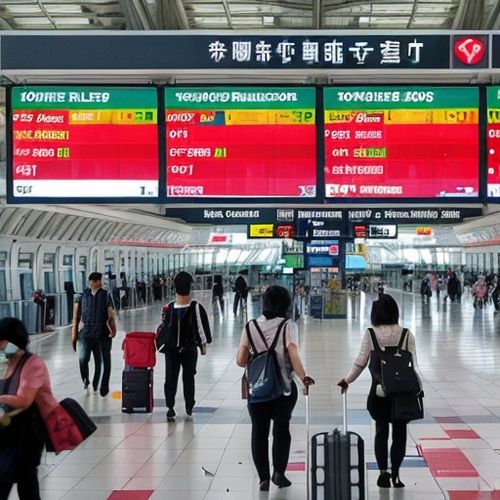
By George Bailey/Apr 7, 2025

By Laura Wilson/Apr 7, 2025

By Laura Wilson/Apr 7, 2025